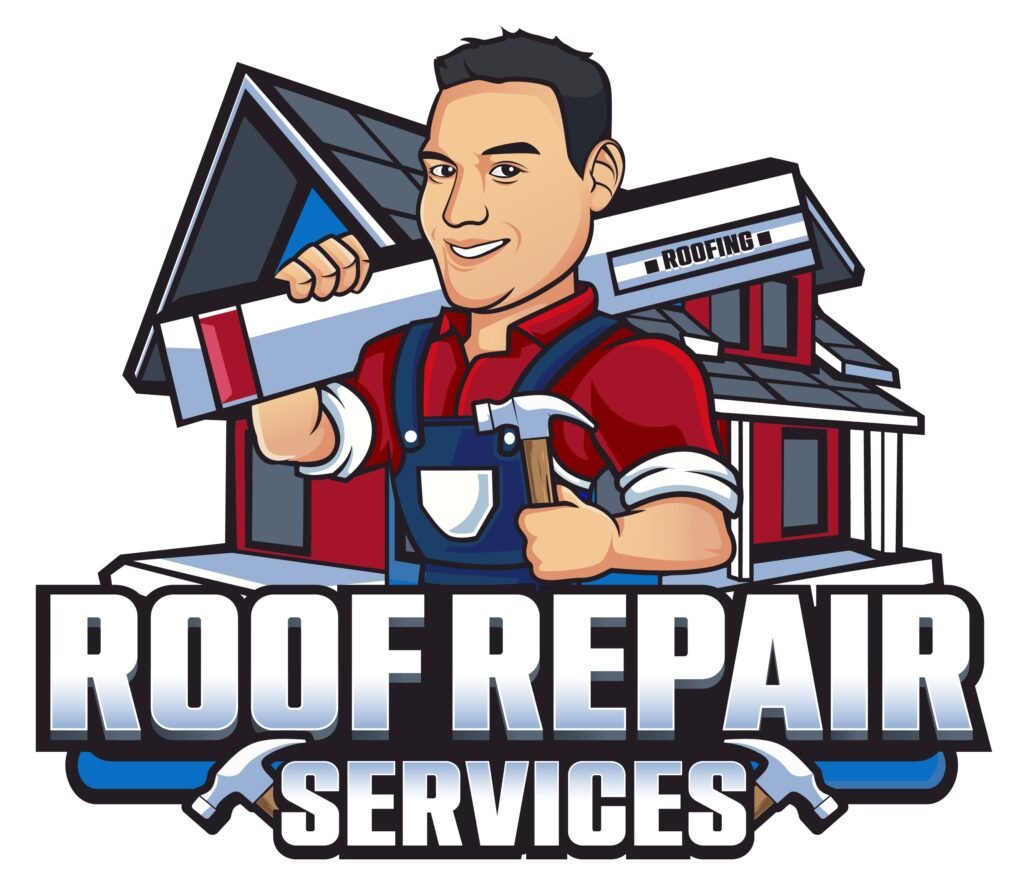Introduction to Tile Roof Maintenance
Keeping your tile roof in top shape isn’t just about boosting its appearance; it’s crucial for preventing leaks and avoiding costly damage. Regular roof inspections play a big part in this. Think of it like going to the doctor for a check-up; it helps catch problems early before they turn into bigger, more expensive issues. Your tile roof faces the brunt of Mother Nature – harsh sunlight, heavy rains, and strong winds. Over time, tiles can crack, become loose, or even go missing. This leaves room for water to sneak in and cause damage not just to the roof but to your home’s interior as well. An inspection can spot these problems early. It’s all about being proactive rather than reactive. Waiting until there’s visible damage or a leak can mean higher repair costs and more headaches. So, remember, keeping an eye on your roof can save you time, money, and stress down the line.
Why Regular Tile Roof Inspections Are Necessary
Regular tile roof inspections are crucial for keeping your home safe and dry. Think of it this way: your roof is like a helmet for your house. Just as you’d check a helmet for cracks before hopping on a bike, you should check your roof regularly to prevent leaks and damage. These inspections help catch issues early, when they’re easier and cheaper to fix. Without them, small problems can grow into big, costly ones. Plus, keeping your roof in good shape can extend its life, saving you money in the long run. Don’t wait for a leak to remind you about your roof. A little attention now can prevent a lot of trouble later.
Common Signs of Tile Roof Damage
Spotting problems with your tile roof early can save you a ton of hassle and money. Keep an eye out for a few telltale signs that trouble may be brewing up top. First off, cracked or broken tiles are a clear red flag. They’re not just an eyesore; they’re an open invitation for water to start seeping in. Next up, look out for tiles that seem to be out of place or slipping. This indicates that the fastening system might be failing, which could lead to bigger problems if not addressed. Another major warning sign is moss or algae growth. While it might give your roof a certain storybook charm, it’s bad news, indicating moisture retention that can lead to tile damage over time. Lastly, if you notice any water stains on your ceilings or walls inside your home, it’s a pretty strong sign that your roof’s integrity has been compromised. Taking action at the first sign of trouble can prevent minor issues from becoming roof-sized headaches.
The Role of Inspections in Preventing Leaks
Regular tile roof inspections play a pivotal role in preventing leaks and subsequent damage. You see, over time, your roof goes through a lot. It faces sun, rain, wind, and sometimes, even hail. This constant exposure can lead to small cracks or shifts in the tiles. These tiny damages might seem insignificant at first, but they can quickly become gateways for water to enter your home. When water starts to seep through, it can lead to bigger problems like mold, damaged ceilings, and even compromised structural integrity. This is where inspections come in. By having a professional take a close look at your roof regularly, these issues can be spotted early. The idea is simple: catch the small problems before they turn into big ones. During an inspection, the expert will look for cracked, broken, or missing tiles, check the underlayment for wear and tear, and ensure that the flashing around vents, chimneys, and other roof projections is intact and properly sealed. Think of it as a health check-up for your roof. By investing in these inspections, you’re not just preventing leaks; you’re extending your roof’s lifespan and saving money on potentially costly repairs down the line.
How Often Should You Schedule Tile Roof Inspections?
To keep your tile roof in top shape, aim for an inspection at least once a year. If you live in an area that gets hit hard by storms, consider upping that to twice a year. It’s not just about checking for leaks or cracks. An inspection can spot issues like loose or broken tiles, problems with the underlayment, or blocked gutters that could lead to bigger problems down the line. Remember, catching small issues early can save you a ton of money and headaches. So, mark your calendar for a roof checkup. It’s better to be safe than sorry.
What Happens During a Tile Roof Inspection?
During a tile roof inspection, a professional checks your roof thoroughly to prevent leaks and damage. Here’s what they do: First, they look for cracked, broken, or missing tiles. Even a single damaged tile can lead to leaks. Next, they inspect the roof’s underlayment, the layer underneath the tiles, for wear or damage. This is crucial because if the underlayment fails, it can cause leaks even if your tiles are in perfect shape. They also check the flashings. These are metal pieces around chimneys, vents, and where the roof meets a wall. Faulty flashings can let water in. Lastly, the inspector looks at the overall structure. They check for sagging or any signs that the roof might not be holding up well.
By spotting these issues early, you can fix minor problems before they turn into major, costly repairs. Regular inspections are key to keeping your tile roof in top shape for years.
Key Areas Inspectors Check for Damage
Inspectors zero in on a few critical spots when they’re checking your tile roof for damage. Here’s where they look: Ridge caps sit at the top where two slopes meet, and they’re prime for cracks that can let water in. Valleys, or the parts where slopes come together and water collects, need to be clear of debris and damage to prevent leaks. Tiles themselves are the frontline defense against the weather. Inspectors look for cracks, chips, or tiles that have shifted out of place. Flashings are metal pieces that cover transitions in the roof, like around chimneys or vents. They need to be intact and securely attached. And lastly, gutters and downspouts. These aren’t directly part of the roof, but they need to be clear to carry water away from your roof efficiently. Ignoring these areas doesn’t just invite leaks; it can lead to bigger, costly damage down the road. So, keeping an eye on these spots is your best defense against unwanted surprises.
Tile Roof Repair: Fixing Problems Early
Catching issues with your tile roof early can save you a lot of trouble and money down the line. It’s much cheaper and easier to fix a small problem than to wait for it to turn into a big one. Imagine a small crack or a loose tile. If you catch it early, a repair might just be a quick fix. Left unchecked, water can seep in, leading to leaks, mold, or even structural damage to your home. The cost difference? Huge. A minor repair might set you back a few hundred dollars, but extensive water damage can easily run into the thousands. Plus, regular maintenance keeps your roof looking good and functioning properly for years longer. So, think about it. A little attention now can prevent a big headache later.
The Long-Term Benefits of Maintaining Your Tile Roof
Regularly checking your tile roof can prevent a lot of headaches down the road. Think about it as taking your car for an oil change; you’re doing it not just because the manual says so, but to avoid bigger, costlier problems in the future. By keeping your roof in top shape, you’re essentially protecting your home from potential damage that water leaks and broken tiles can cause. Imagine heavy rain finding its way through cracks you’ve never noticed. Before you know it, you could be dealing with mold, damaged ceilings, or worse, a compromised roof structure. Maintaining your tile roof not only helps you catch these issues early on but also ensures your roof can last for decades, saving you a significant amount in potential repair costs. Plus, should you decide to sell your house, a well-maintained roof adds to its value and appeal. So, when you think about the benefits – from avoiding expensive repairs to potentially increasing your home’s market value – regular tile roof inspections make a lot of sense.
Conclusion: Protecting Your Home Through Diligence and Care
Regular tile roof inspections are not just a chore; they’re a smart move to protect your home. Skipping these checks can lead to leaks, damage, and costly repairs down the line. It’s simple: a little effort now saves a lot of trouble later. Whether you do it yourself or hire a professional, the goal is clear – keep your roof in top shape to avoid bigger issues. Remember, your home is an investment. Taking care of your roof is taking care of your investment. Stay diligent, stay proactive. It pays off.

